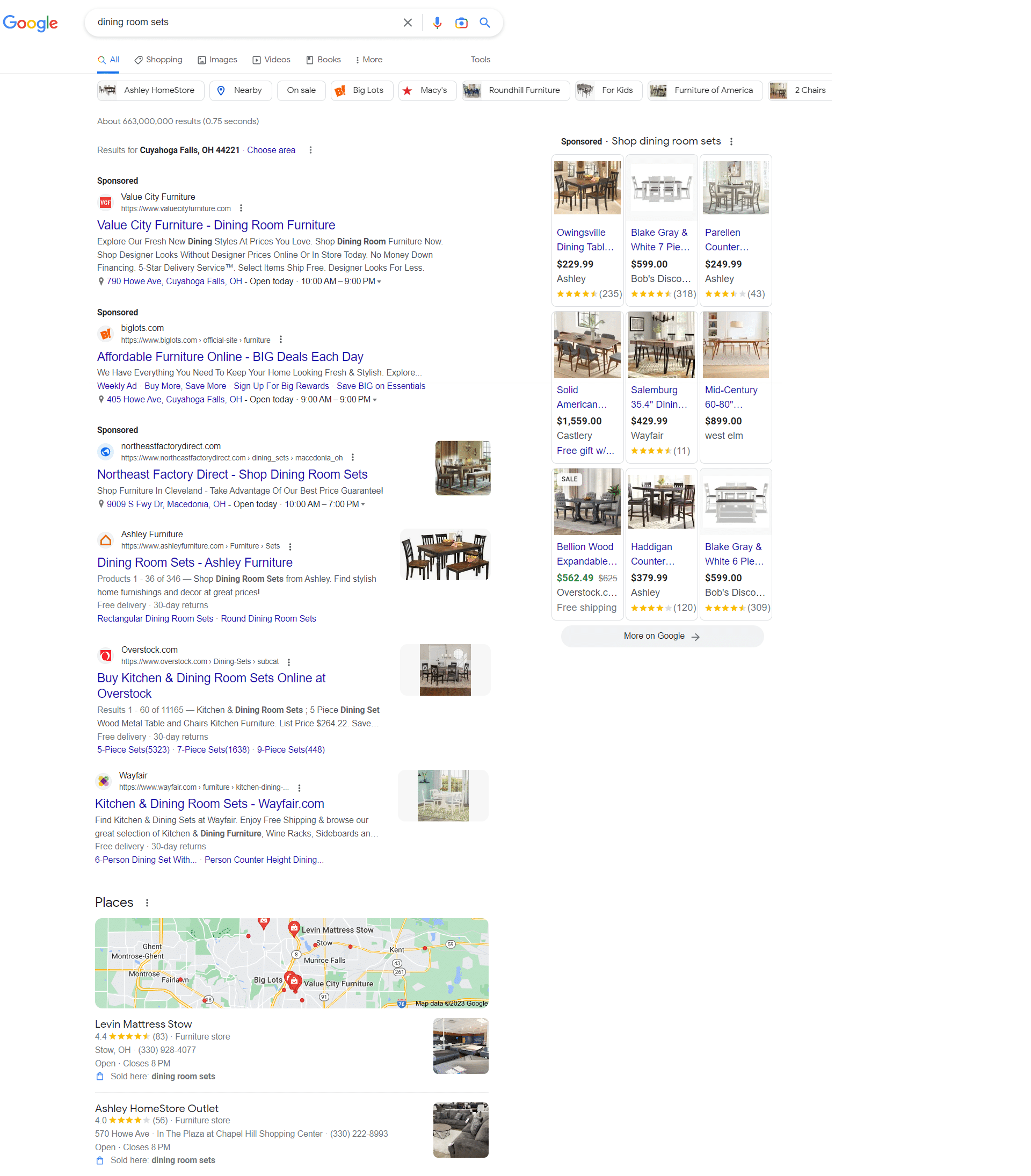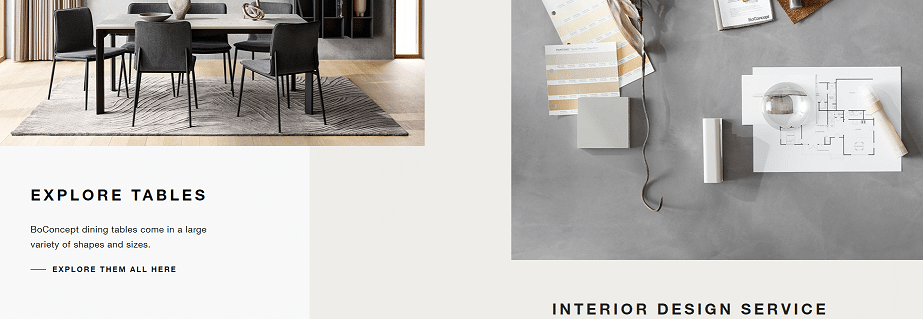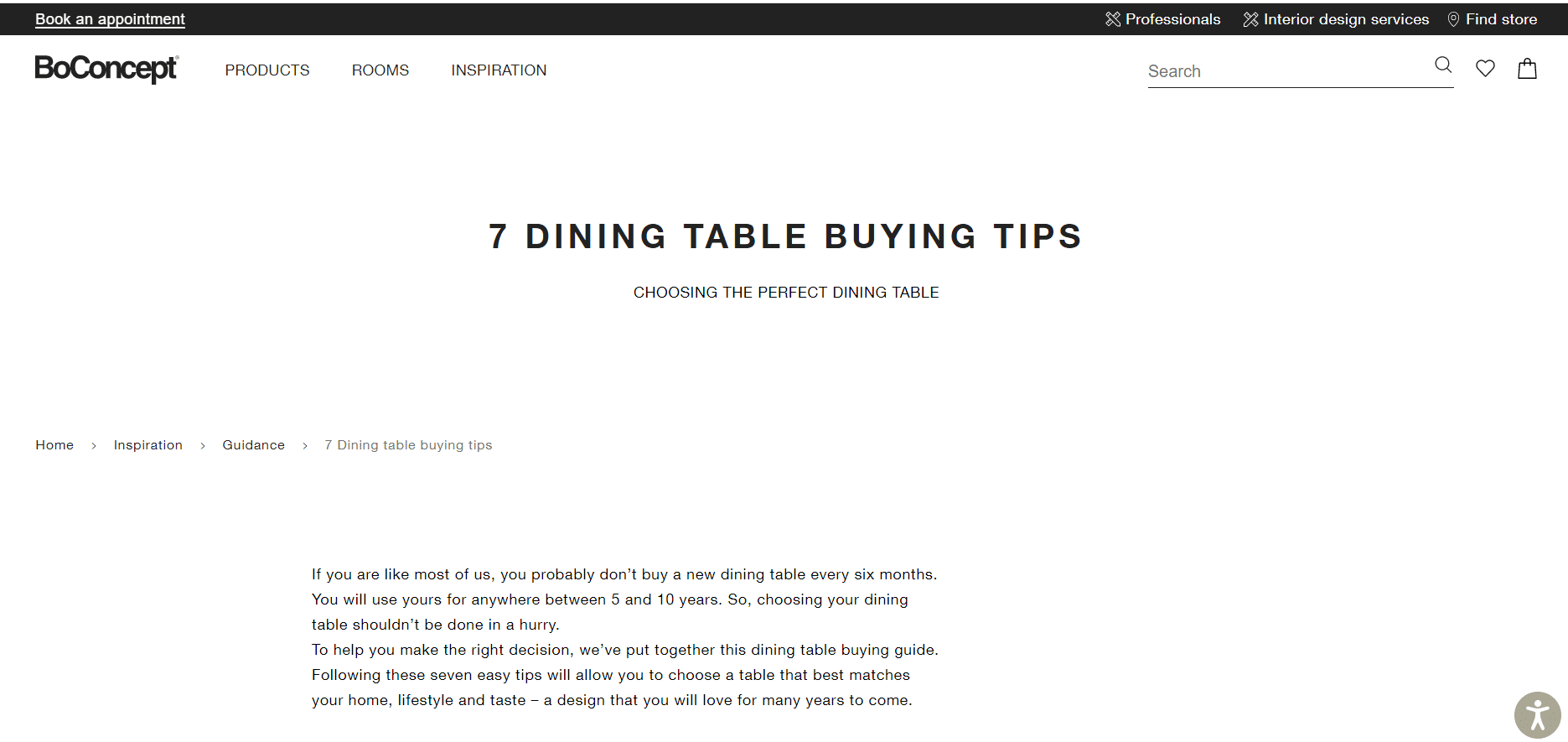ChatGPT, SEO and the Future of Search
Are we about to witness one of the biggest changes to the digital marketing industry since Google itself? I am beginning to think so.
- It’s hard to find straight, clear, unbiased answers to questions using just Google and websites today, but systems like ChatGPT offer fast, uncluttered and unbiased answers to most questions
- Google and other “web organization” systems are going to be releasing their own AI systems soon, which means this is a new gold rush
- This will radically change Google’s “helpful content” algorithm
- This will absolutely change how content is written for websites, and will change the SEO industry forever
Like most everyone else in the SEO industry, when I began playing with ChatGPT and AI content systems, my emotional reaction was a mixture of awe, horror, excitement and dread. Not since Google’s Panda / Penguin updates, or even since Google outwitted Alta Vista for control of stripped-down crawler-based keyword searches, has it been more obvious to me that things are going to change in my industry very soon. Big time. Again.
And as always, that means one of two things: opportunity or catastrophic failure.
I like to think positive – so I am going to go with opportunity here, and rather than fight the change, I plan to get right on board with it and ride that sucker for all its worth.
In that spirit, I have been doing a little playing and pondering the last few weeks, and imagining where this is all going. And I think I might be on to something. I’m no futurist or prophet, but it seems to me that this “AI thing” is going to alter the way websites are built starting soon. Like, right now.
Overview of My Test
Let’s use an everyday, real-world consumer product search example, to start. And I will use one from my own personal life.
First, let me get some stuff out of the way. I am 51 years old and have been working with search engines and websites since the mid 1990s. I have played with computers since I was 11 years old. I am not a techie – but I am not a technophobe either. I don’t obsess over the latest gadgets and I am not on TikTok, but I use tech every single day and depend on it like everyone else.
In the real world, my wife and I are currently seeking a new dining room set. The one we bought just 6 years ago is already showing wear and tear. The chairs are rickety and uncomfortable. At the time it arrived we were a little disappointed but it looked interesting in our new dining room, and we needed to move on from that decision among 1,256 others.
So we are now in the market for the following:
- An 8-person rectangular dining room table, conservative styling, with padded chairs
- Durable construction so it lasts comfortably for at least 15 years
- Mid-range in price
I am going to try to find the perfect dining room set without actually setting foot in a furniture store. Like every Searcher, I have a lot of questions. I have no idea how to tell whether a table and chairs is durable enough to last 15 years, even if I am standing in front of it, much less by looking at pictures and reading bullet points on a web page.
Let me walk through how I would typically conduct my research for this purchase.
- I would normally ask people I trust, like a family member, what they think. I might even like some of their furniture choices and ask them what kind of set it is, where they bought it and the like. Once I exhaust that option, I turn to the web.
- Start with a general Google search on “dining room sets” and similar phrases. I want to get a sense of what is out there.
- Start digging down into Google more, using keywords to uncover answers to specific questions.
- Visit some social media sites for ideas and information.
- Bring all of the ideas to my wife, and we can make some decisions after pondering and probably arguing.
My Google Test
Of course, a search for dining room sets in Google is going to result in mostly Ads and people looking to sell me dining room furniture:

Clicking on these individual websites pretty much gets me what I expected: lots of dining room furniture choices. But the individual sites are not personalized for me. None of them knows what I really want, because I never told them – and I have no way to tell them. I just get a giant page of listings of different sets, from kids-sized for $270 to a full-sized set for $1609, in the hopes that something here is interesting to me.
These sets are not even the price range I am looking for, because I am pretty sure those sets are not the quality I want. And I am not even sure if my thesis is correct – are dining sets more durable if they are more expensive?
Ashley Furniture tries to help me out with an “FAQ” at the bottom of the page – being an SEO guy I am pretty sure most of this content was written more to help THEM rank in Google than to help me, it’s very generic:
“Wood is hefty and durable.” Is it, now?
I feel overwhelmed. But, I do have a sense of what is out there, I suppose.
Next up: let’s test Google’s NLP (natural language processing) chops and ask it a question.

The reason for this query is that I know that a search like durable dining room sets between $3000 and $5000 would simply present hundreds more products in the shopping feed and websites looking to sell me those. That just puts me right back where I started.
The #1 rank in Google was a New York Times article that was, at a high level, somewhat helpful – and although it was the opinions of one or two people, it was at least “unbiased” in the sense that the writer wasn’t trying to sell me anything. And, it was well written because a professional put it together.
But it still lacked specificity. It had no way to know exactly what I wanted, so the writer was forced to fly at 35,000 feet and give me tips that I already kinda know, like, the best dining table for you will be one that works for your budget, is solidly constructed, fits in your space and has a style you’ll love for years.
I needed to test some more so I scrolled down Google a bit more and clicked on a promising page:

Erg. The white space is disconcerting but also the first few sentences are clearly written by an amateur blogger. “If you are like most of us, you probably don’t buy a new dining table every six months.” Huh? There are some people who do?
It gets worse, unfortunately. Scrolling down the page I am met with HUUGE (beautiful) photographs and lots of scrolling, with really pretty minimal content and the same vapid blogger-girl style prose:
This isn’t set in stone but, like it or not, certain table shapes just work better within certain room shapes. “Like it or not”? Well DAMMIT, I don’t like that, I refuse to bend to the Table Shape Mafia! But I am digressing into nitpicking the childish author’s antics.
Not to mention, halfway through this helpful “7 tips” blog, I am met with more Calls To Action – someone’s idea that people aren’t buying because they haven’t told them to buy enough:

I don’t really feel like I have made any progress. And most of the information I have gathered feels like it’s kind of the same as browsing a store all by myself looking at things.
Social Media: Reddit Test
At this point I have browsed a lot of dining sets, didn’t get the main questions answered and haven’t settled on a list yet – I am sure that the answers are out there, but it looks like a lot of work to dig them out. I have the option of using the chat systems on these sites, but I am looking to get my information strictly from web content alone.
It’s time to move to social media. And I’m going to use a strategy that a lot of people are using these days:

This should get me some links right to some great Reddit content hoping to answer some of my questions. And indeed, I did get quite a bit of suggested posts. None of these helped…too general. Basically they were people asking the community their ideas for their personal dining space. Not MY dining space.
I tried once more to ask Google a specific question, this time addressing my issue about the lack of durability in my current furniture, simply typing “how do i buy durable dining room chairs”? The top-ranked page was actually somewhat helpful as far as building me some ideas:
This seemed promising. And it really was helpful, providing 5 different dining room chair styles that really do seem to address the concern. Now – the action item I had was to click on the links associated with each chair, which merely brought me back to Wayfair or Amazon:

… and now I am right back where I started. Loads and loads of choices on a page that was apparently generated by a site search for “heavy duty dining room chairs”. Keep in mind, I still have not really gotten my questions answered and I personally don’t feel like I have even made any progress.
My ChatGPT Test
I ran the same types of questions through Chat GPT. And while I cannot say that the system absolutely answered my questions specifically (yet), here is what the system did do that is different and better:
- It is an UNBIASED system – or at least it appears to be. The results were not generated by a company or one single human blogger, whether she was a 15 year old or a pro. The answers were ostensibly generated by a plethora of data – cold, unfeeling, mathematical data – from a machine, a machine that doesn’t care what I do. It’s only there to help.
- It presented the information succinctly, immediately and without a bunch of useless photos and other stuff to clutter up my journey.
Please keep in mind that I am still learning how to actually use Chat GPT. I believe that once I get accustomed to how the system works, it can be even more helpful. But with only a little bit of research and trial & error, I was able to make progress on my issues very quickly.
First, I typed this to Chat GPT:
i am looking for a new dining room set. the last one started to fall apart after 2 years, so this time i want a set that will last. do you have any tips on how to shop for the right dining room set without spending a lot of money?
It responded with 5 tips within 10 seconds. Three of the tips were a little obvious, but the first 2 were quite helpful:
- Look for Solid Wood: Solid wood is generally more durable than other materials, such as particleboard or MDF. Look for dining sets made from hardwoods like oak, maple, or cherry.
- Check the Joints: Pay attention to how the pieces of the dining set are joined together. The joints should be strong and secure, with no wobbling or looseness.
But I wanted more. So I asked it how do i differentiate between an expensive dining room set and one that is good quality but less expensive?
Again, it responded with 5 tips, 3 of which were not quite that helpful, but the first two gave me something to chew on:
Differentiating between an expensive dining room set and one that is good quality but less expensive can be tricky, but there are a few things you can look out for:
- Materials: The type of materials used in the construction of the dining set can play a significant role in the price. Expensive sets may use more exotic or high-end materials, such as solid wood or natural stone, while less expensive sets may use engineered wood or plastic.
- Construction: The quality of construction is another factor to consider. Expensive sets are often made with more attention to detail, such as stronger joints or hand-carved accents, while less expensive sets may be more simple in design and construction.
So then I decided to just have it out with Chat GPT and asked it point blank: what are some example dining room sets that cost between $3000 and $5000 that are made of durable materials?
Here was the response. Keep in mind, this is supposedly coming from an unbiased machine that is only trying to help. Whether that is trye or not, is really irrelevant. When consumers start using this system, they are going to perceive that this is nothing but a calculating machine with no agenda:
There are many dining room sets that fall within the $3000 to $5000 price range that are made of durable materials. Here are a few examples:
- The West Elm Modern Expandable Dining Table: This dining set is made from solid mango wood and features a mid-century modern design. The set includes a table and six chairs and costs around $4200.
- The Crate & Barrel Basque Honey Dining Table: Made from sustainable mango wood, this dining table has a rustic, farmhouse-style design. The set includes a table and six chairs and costs around $3400.
- The Pottery Barn Banks Extending Dining Table Set: Made from kiln-dried solid poplar wood, this dining table set has a classic, elegant design. The set includes a table and six chairs and costs around $4700.
- The Restoration Hardware Aero Oval Dining Table: Made from solid, handcrafted metal, this dining table has a sleek, industrial design. The set includes a table and six chairs and costs around $5000.
- The Room & Board Wyatt Dining Table: Made from solid natural steel, this dining table has a minimalist, modern design. The set includes a table and six chairs and costs around $4500.
Now, what is my next step? Probably to Google these individual products and find a place to buy them. I will still use Google, and I will still use the websites of these providers.
But I did all of my research – and found actual helpful content – using something that isn’t “The Web” at all. I didn’t need the web, and I am starting to feel like a lot of people are going to prefer an unbiased source that has built these answers from a variety of data gathered from perhaps millions of data points.
So in conclusion, here is where my thoughts currently rest:
- This is going to radically change Google’s “helpful content” algorithm. Either Google is going to integrate elements of this AI into their search results, or they are going to have their own “Chat” sidebar – either way, when someone is looking for a quick answer to a specific question or series of questions, they aren’t going to waste their time sloughing through mountains of nonsensical blogs written by teenagers. They are going to demand sharp, clear, unbiased (?) and crowdsourced answers for many of their basic questions.
- Web content is going to change. If web content actually feeds these AI systems in the future, there will likely be a way to bias that AI system toward a specific solution. Or, once someone is armed with exactly what they need to buy, our websites had better do a great job of closing the deal, because some of the smartest shoppers are going to be checking us out.





